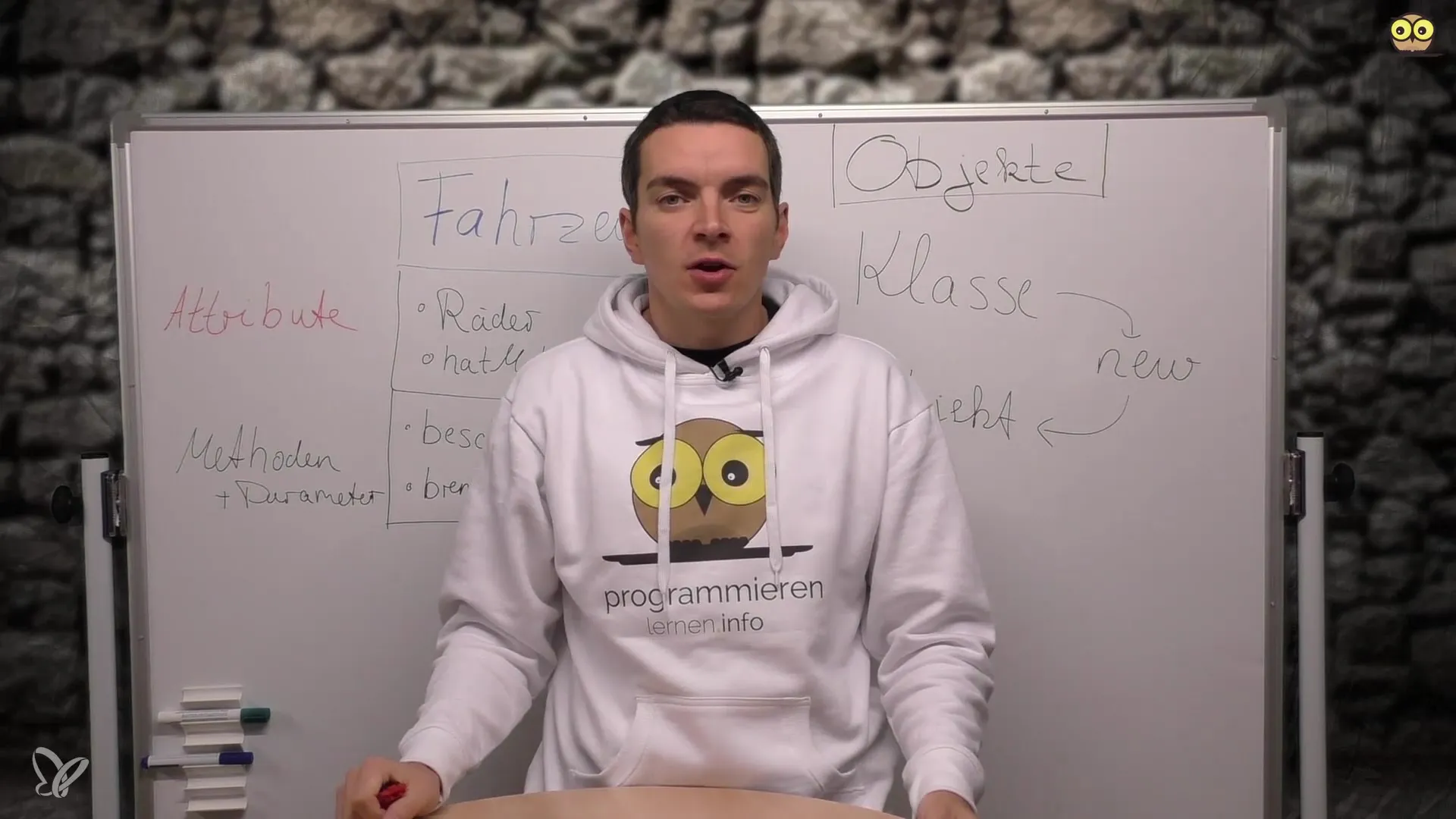The concept of object orientation is one of the central pillars of modern programming, especially in the language Java. Here, you will learn how to effectively apply the principles of object orientation to optimize and structure your software development. Let’s dive into the world of objects, classes, and their interactions together.
Key insights
- Objects are central driving forces of object-oriented programming.
- Classes serve as blueprints for objects and define their properties and behaviors.
- Attributes describe the characteristics of objects, while methods represent their behavior.
Basics of Object Orientation
At the heart of object orientation lies the concept of objects. These can be derived from the physical world to create digital representations. A simple example to illustrate the topic is a toy car.
The car can be considered an object, and you can abstract it by saying it is a vehicle. If you go a step further, you could use the vehicle category as a superclass for more specific types of vehicles, such as motorcycles or trucks.

In object-oriented programming, the concept of objects not only describes functionality but also the properties of real entities. For example, a car has concrete attributes such as color, number of wheels, and engine power.
Objects and Their Attributes
Every object has a variety of properties known as attributes. These can be defined manually, such as:
- Color (e.g., red)
- Number of wheels (e.g., four)
- Presence of an engine (boolean value, whether it exists or not)
In the example of the car, the attribute "number of wheels" could be defined as an integer data type since a vehicle cannot have half a wheel; it either has four wheels or none. Another aspect could be the engine power.
The car object is described by these attributes and gives you the ability to manipulate and access different properties.
Methods and Their Use
In addition to attributes, every object also has methods – these are functions or actions that you can perform with the object. In our case, methods like "accelerate" and "brake" could be implemented to control the behavior of the vehicle.
The implementation of methods allows for parameters. For example, you could define how strongly a car should accelerate or brake. Instead of just choosing “full acceleration” or “no acceleration,” you can specify a percentage to control the behavior of the object specifically.
This allows for a nuanced handling of vehicle principles. Thus, you would have the option to instruct the vehicle to, for example, apply only 30% throttle or 10% braking force.
The Role of Classes
Classes form the blueprint for objects. You can think of a class as a template from which objects are instantiated. In Java, an object is created using the keyword new from a class – this instantiation creates a concrete instance of the class in memory.
Let’s take the class “Vehicle” as an example. Once the class is defined, objects based on it can be created, which then possess their specific properties (attributes) and methods.
It is important to understand the difference between a class and an object:
- Class: The blueprint that describes how objects should look and behave.
- Object: A specific instance of the class based on the information structured by the class.
The creation of objects from classes is fundamental to object-oriented programming. Each instance represents a specific element of the class based on the defined attributes and methods.
Summary – The Basics of Object Orientation in Java
Object-oriented programming provides a structured approach to programming projects. Objects represent real entities, while classes provide the framework to define their attributes and methods. They enable you to design your program in a modular and comprehensible way.
Frequently Asked Questions
How is a class defined in Java?A class is defined in Java with the keyword class followed by the class name.
What are attributes in a class?Attributes are properties that describe the state of an object, such as color or number of wheels.
How do I create an object from a class?An object is created by using the keyword new followed by a constructor call of the class.
What is the difference between class and object?A class is a blueprint for objects, while an object represents an instance of that class.
What are methods?Methods are functions within a class that enable interactions with an object.


